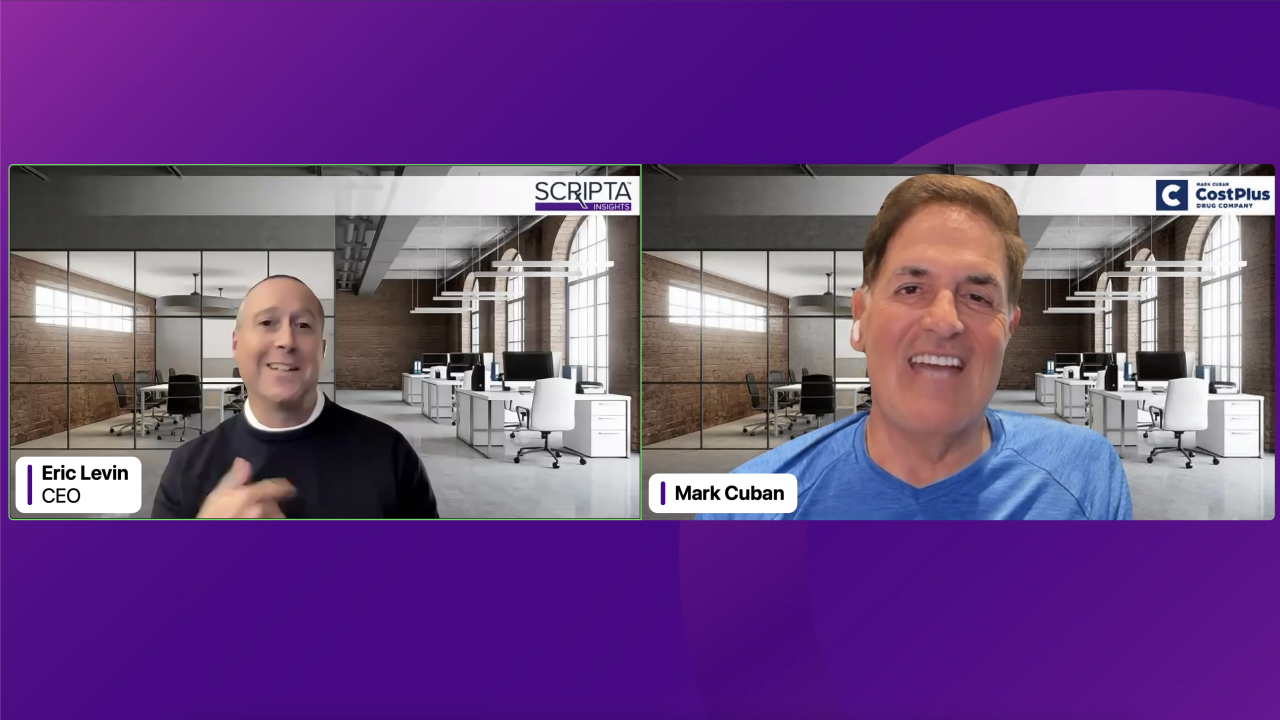WASHINGTON, D.C.— Employers are leading innovations in healthcare — from companies like Apple, Amazon, JP Morgan Chase and Berkshire Hathaway — but getting employees to find the best value for their care can be a challenge, leading experts say.
As more data becomes available to employers, finding and putting in place high quality programs for employees, and communicating its value, can be tough.
“You cannot determine value because you don’t know the price,” said Andy Crighton, vice president and chief medical officer at Prudential. “The talk about healthcare value is nice, but bringing that into reality will be hard.”

Employers have been driving with healthcare in the rearview mirror, he said, speaking at the National Alliance of Healthcare Purchaser Coalition’s 23rd annual forum this week. They’re looking in the past, as employers are evaluating claims data after the fact, but are these processes really adding value to health issues like absenteeism or making any impact on mental health?
At Walmart, one challenge Lisa Woods, the retailer’s senior director of healthcare benefits, says she sees is employees don’t realize there is difference in the quality of care in their benefits.
“How do we as employers get our employees to realize there is a difference?” she asked. “One thing we’re working toward is rising the tide. We have our associates, when they see good care, they come back and ask us.”
In addition, she says they’re working on piloting different healthcare programs like centers of excellence — specialized programs within healthcare institutions which supply exceptionally high concentrations of expertise.
While Walmart has utilized them for some 20 or so years, they’ve really started to expand in the past five or so years.
What started with spine and heart surgeries, and hip and knee replacements, Walmart has leapfrogged into cancer and has seen these centers of excellence take off.
“Cancer is tough,” she said. “It’s something that I would plead with employers to look at.” The results that we see are amazing, she added, and analysts say by 2022-23, it’ll be the No. 1 cost for employers.
And to combat healthcare costs, many employers turn to wellness offerings to help offset costs. However, some, like benefits managers, like Michelle Probert, manager of integrated health services at General Dynamics, Bath Iron Works says she sees wellness more as a vehicle to promote healthcare and increase the plan’s value.
While many of her workers are in a 100-year-old shipyard along the river, it makes finding fresh, healthy foods difficult to come by for lunch.
“We depend heavily on vending machines,” she said. “Talk about a health problem.”
Looking outside the box, Bath Iron Works partnered with local farmers markets to bring fresh fruits and vegetables to the shipyard mechanics.
“Although they’re small examples, it is looking at wellness more broadly and how we can change the day to day experience for our workforce to make these healthier choices easier,” she said.





